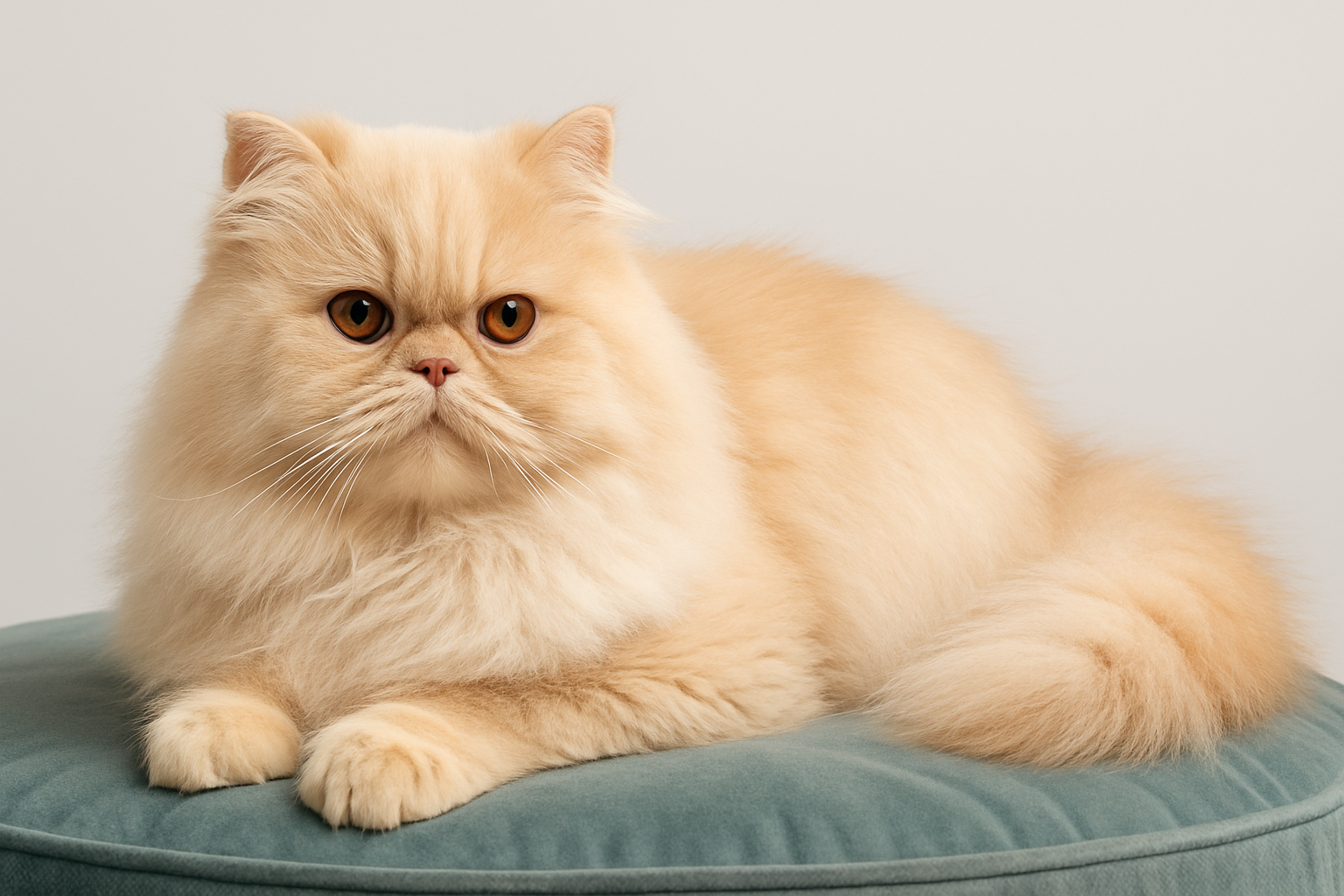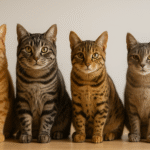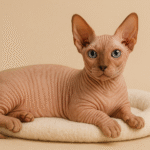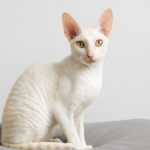There’s something almost royal about the Persian cat. With that long, flowing coat and those big round eyes, they’re the kind of cat that doesn’t just sit on the couch. They own it. Calm, sweet, and a little dramatic (in the best way), Persians have been charming humans for generations.
Thinking about bringing one home? Whether you’re eyeing a gray Persian cat with dreamy copper eyes or a playful teacup Persian the size of your slipper, this guide covers everything you need to know. From grooming and shedding to price, personality, and lifespan, we’re digging into what life with a Persian really looks like.
Quick Breed Facts
- Origin: Iran (formerly Persia)
- Breed registries: CFA, TICA, FIFe, GCCF, WCF
- Weight range: 7–12 pounds
- Lifespan: 12–17 years
- Coat: Long, thick, silky
- Colors and patterns: Solid, tabby, calico, smoke, bicolor, Himalayan, chinchilla
- Eye color: Copper, blue, green, hazel (depends on coat type)
- Grooming: Daily brushing is a must
- Activity level: Low to moderate
- Affection level: Very affectionate
- Vocality: Quiet and soft-spoken
- Good with children: Yes—if they’re gentle
- Good with other pets: Yes—especially calm animals
History & Origin
Persians have been around for a long time. Picture a fluffy cat lounging on silk pillows in an ancient royal palace. They originally came from Persia (modern-day Iran), where their silky coats and calm demeanor made them stand out from the crowd. By the 1600s, they had made their way to Europe and quickly became the “it” cat among royals and aristocrats. Even Queen Victoria had a few.
Over the years, breeders developed two main looks: the traditional “doll-face” Persian and the more extreme flat-faced version you see at cat shows. No matter the face, one thing stays the same. These cats were born to lounge in luxury.
Personality & Temperament
If you’re looking for a wild child who’ll knock your drink off the counter… look elsewhere. Persian cats are all about chill vibes. They’re gentle, affectionate, and more than happy to snooze the day away on a cozy blanket.
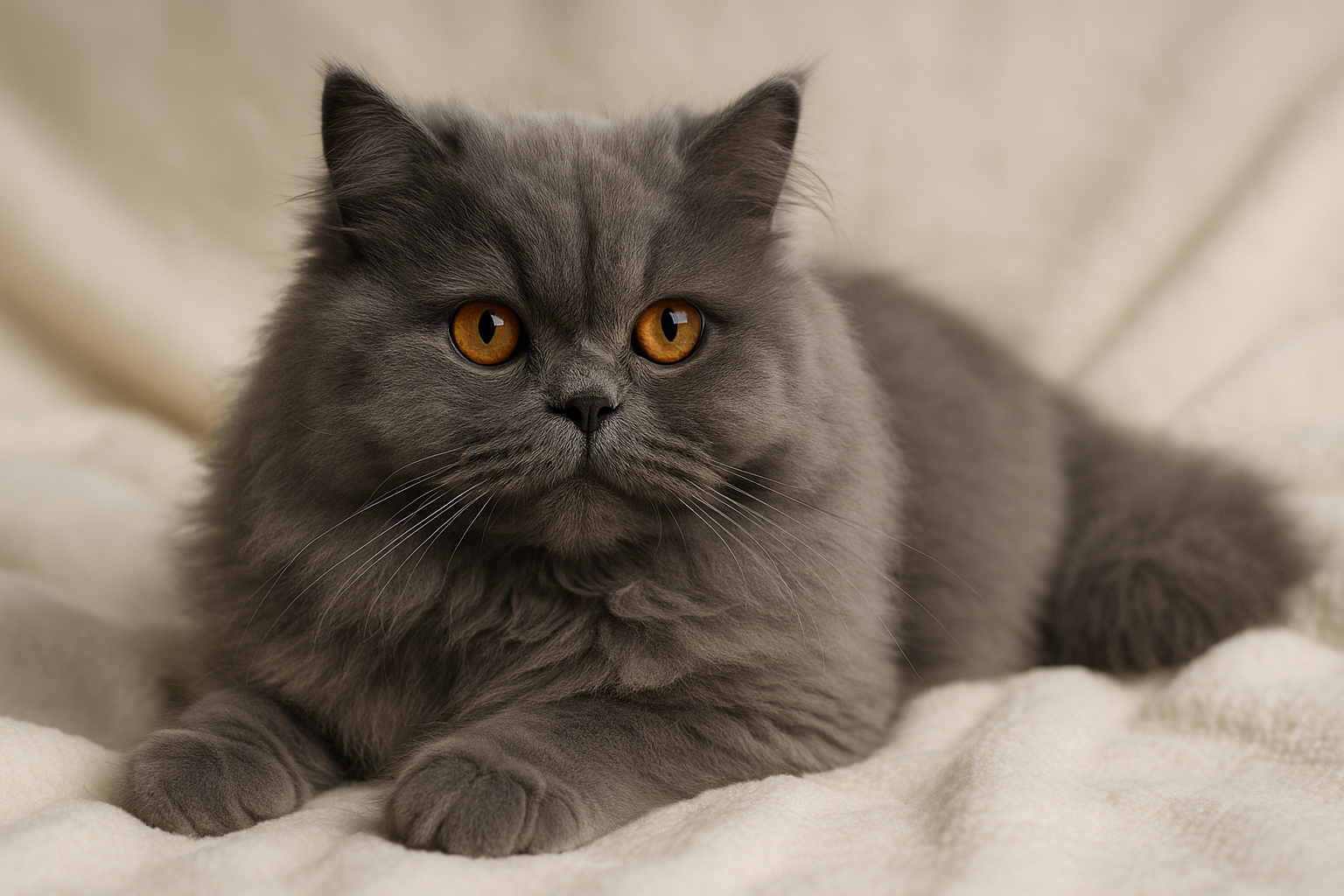
They love attention, but in a low-key way. They’ll follow you from room to room, quietly observing, waiting for pets or a sunny spot to flop into. Loud noises? Not their thing. Drama? Only if their dinner’s late.
Grooming & Shedding
Let’s be honest: that gorgeous coat doesn’t brush itself. Persian cats need daily grooming to keep tangles, mats, and fur tumbleweeds under control. A wide-tooth metal comb and a bit of patience will go a long way here.
They also tend to have watery eyes, especially the flatter-faced ones. A quick face wipe in the morning keeps things tidy. As for shedding? Yep, Persian cats do shed a lot. Don’t even think about wearing black pants without a lint roller nearby.
Activity & Play
These cats are no couch potatoes, but they’re not zoomie machines either. They enjoy short play sessions and simple toys, especially ones that don’t require much effort. Think feather wands, soft balls, or a gentle laser pointer session.
If you’ve got a teacup Persian cat, be extra mindful. They’re tiny and delicate. Climbing? Not really their jam. Cuddling? Absolutely.
Health & Lifespan
How long do Persian cats live? With good care, most Persians live somewhere between 12 and 17 years. But let’s be honest, they do come with some health quirks. Those flat faces can cause breathing issues, and they’re prone to runny eyes and kidney problems like PKD (polycystic kidney disease).
Regular vet visits are super important, and so is dental care. A lot of Persians have tiny mouths, which means crowded teeth and plaque can build up fast. Keep an eye on their eyes, noses, and teeth. Staying on top of those small issues early can make a big difference long-term.
Recommended Supplies
Your grooming kit is going to get a workout. Persian cats aren’t low-maintenance when it comes to looks, but with the right tools, the process gets a lot easier. Honestly, it can even be kind of relaxing. You’ll want a solid shedding comb to tackle their undercoat, a gentle brush for daily fluff-sessions, and some soft eye wipes to manage that signature tear staining (especially on lighter-colored Persians).
And don’t forget the vacuum. These cats shed, even with daily brushing. A good vacuum that can handle pet hair on furniture and rugs is a must if you don’t want to live in a fur storm.
When it comes to their comfort, Persians appreciate the cozy life. A few soft beds placed around the house will get plenty of use. Bonus points if they’re near a window. Look for low-sided litter boxes that are easy to get in and out of, and raised food bowls can help prevent messes and make mealtimes more comfortable for flat-faced cats.
Family Compatibility
Persians are wonderful with respectful kids and chill pets. They’re not the type to start drama or go looking for a wrestling match. They prefer slow blinks over chaos. If your child is the gentle, quiet type who enjoys brushing and cuddles, a Persian could be the perfect furry companion.
That said, if you’ve got toddlers, hyper dogs, or a house that’s always buzzing, your Persian may spend a lot of time hiding in a closet or behind the couch. Loud noises, sudden movements, and rough play can stress them out quickly.
They get along fine with other low-energy cats or older dogs who won’t invade their personal bubble. Think of them as polite roommates, not party animals.
If your home is mellow and you’ve got the time for daily brushing, a Persian cat might be your new best friend. Just don’t expect them to fetch. They’re more likely to watch you throw the toy, then go back to sleep like nothing happened.
Persian Cat FAQs
Are Persian cats hypoallergenic?
Nope. Persian cats aren’t hypoallergenic. Their long, dense fur and the amount of dander they produce can definitely trigger allergies. If you or someone in your home is sensitive, this might not be the best match.
How much is a Persian cat?
The Persian cat price usually falls between $500 and $5,000. That depends on things like lineage, breeder reputation, and coat color. Teacup Persians and rare variations like blue Persian cats can land at the higher end.
Do Persian cats shed a lot?
Oh yes. Persian cats shed a lot, especially during seasonal changes. Daily brushing helps cut it down, but you’ll still find fur on your clothes, couch, and probably in your coffee at least once.
What is a black Persian cat?
A black Persian cat has a solid, glossy black coat and usually copper or golden eyes. They’re dramatic, gorgeous, and surprisingly rare—which makes them a standout if you’re lucky enough to find one.
Final Thoughts
If you’re dreaming of a cat that’s calm, cuddly, and seriously photogenic, the Persian cat checks every box. Just be ready to commit to the grooming. They’re not a wash-and-go kind of pet. But for many cat lovers, all that fluff is more than worth it.
Whether you fall for a black Persian cat, a blue Persian, or one of the rare teacup Persian cats, you’ll be getting a companion who’s equal parts regal and relaxed. And once they settle into your lap (or your laundry pile), there’s a good chance they’ll stay there for hours.

